
Oliver Contier
@olivercontier
🚨 On the postdoc job market 🚨 | PhD student @MPI_CBS & @MPS_Cog | Brain representation of the (visual) world. 🌏➡️🧠 | olivercontier.bsky.social
ID: 177705432
https://olivercontier.com/ 12-08-2010 21:29:49
262 Tweet
455 Followers
936 Following

When the goal is to use #7TfMRI for #translational #neuroscience one challenge is high-precision data alignment for group stats avinash kalyani proposes a new approach by combining shared response modelling with cortical column-based decoding #UHF #fMRI pubmed.ncbi.nlm.nih.gov/37923281/

Hey VSS Meeting! Curious if people's perception of curvature organizes visual responses similar to image-computed curvature? Don't miss mine and Martin Hebart's Poster in the Pavilion today, 2:45 - 6:45 pm. Excited to discuss!
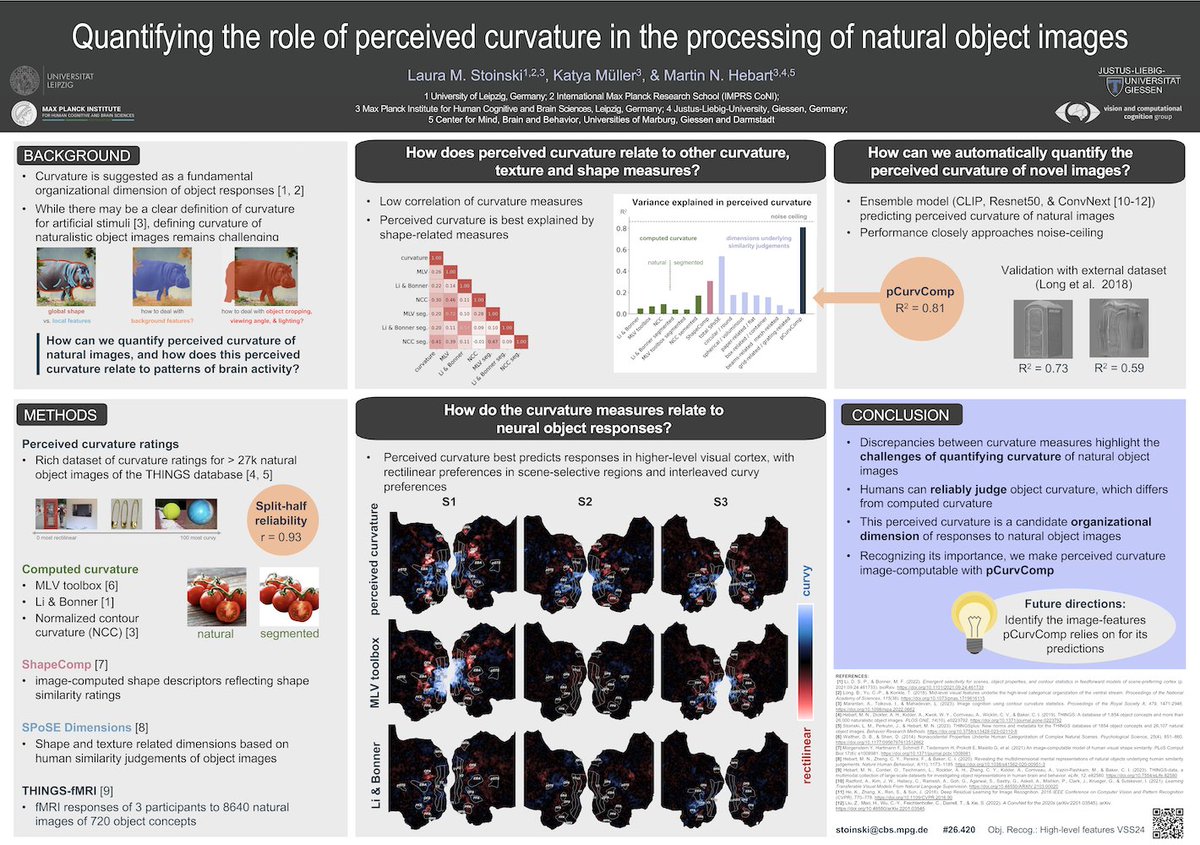

Check out Josefine’s and Dr. Maggie Mae Mell's amazing dataset merging state-of-the art techniques in functional, diffusion, and structural imaging! Today 8:30 am – 12:30 pm in Banyan Breezeway VSS Meeting Martin Hebart Tomas Knapen
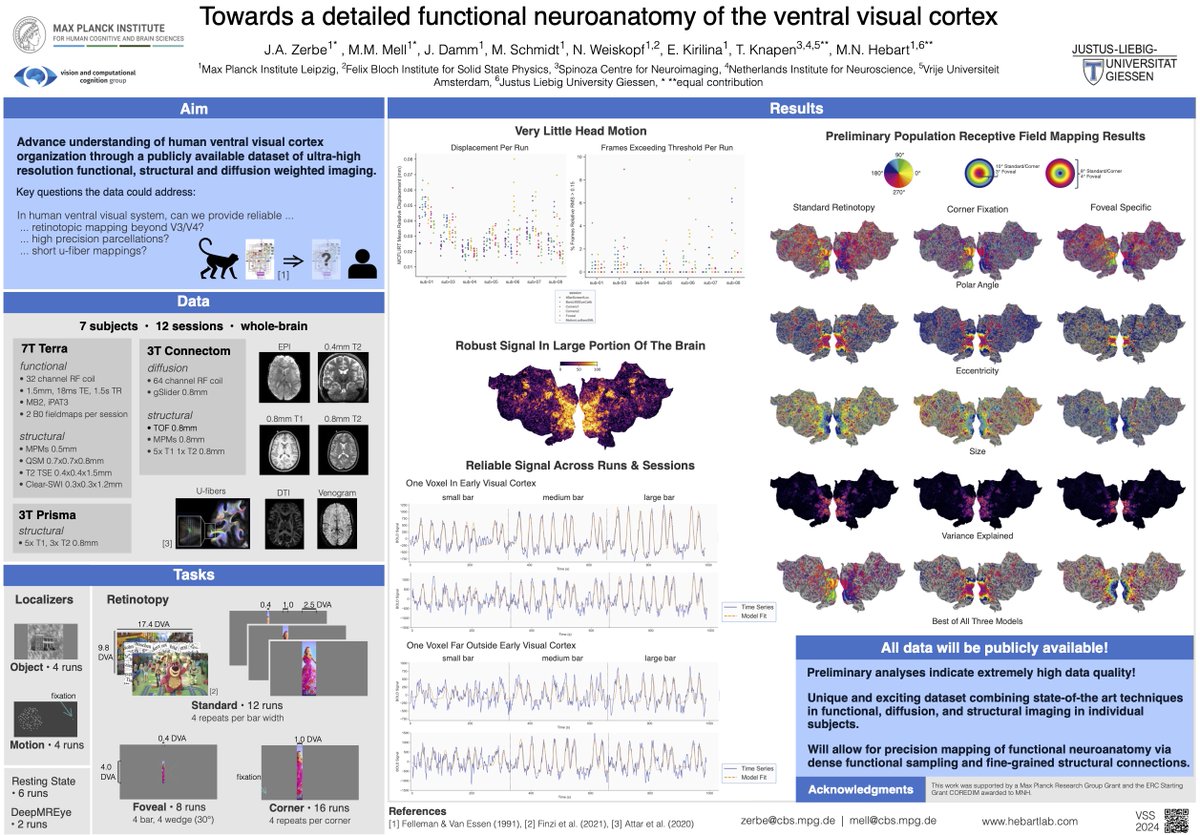

If you are interested in the functional neuroanatomy of the visual system, please come by Josefine Zerbe’s and Dr. Maggie Mae Mell’s poster on a dataset of densely sampled retinotopy plus 0.8mm DTI from a Connectom MRI that promises a detailed picture of the human visual connectome.


What makes humans similar or different to AI? In a new study, led by Florian Mahner and Lukas Muttenthaler and w/ Umut Güçlü, we took a deep look at the factors underlying their representational alignment, with surprising results. arxiv.org/abs/2406.19087 🧵

Excited to present findings from my first PhD project with Martin Hebart and Katharina Dobs at #CCN2024 If you're into visual cortex, functional selectivity, and/or representational dimensions, make sure to stop by poster P154 today! 🧠🌈
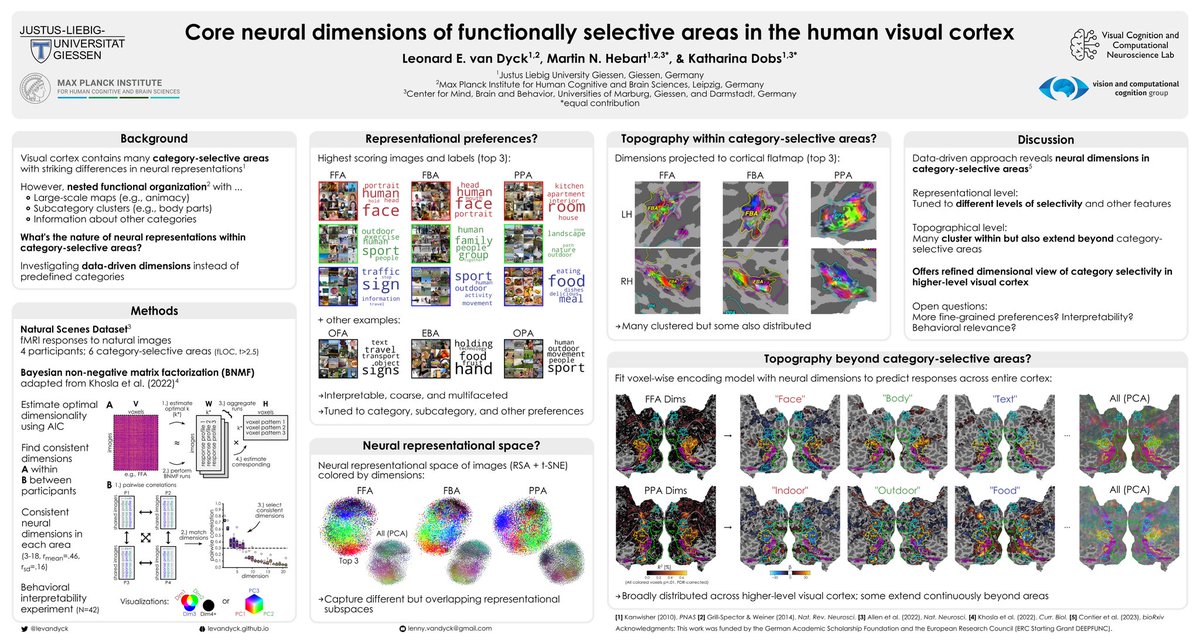
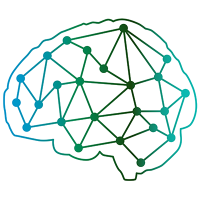
Humans think in many #dimensions at a time 🧠📷When seeing objects, our #brain uses not just one, but a multitude of behaviorally relevant dimensions, like Oliver Contier & Martin Hebart Universität Gießen show in Nature Human Behaviour: tinyurl.com/426j696e
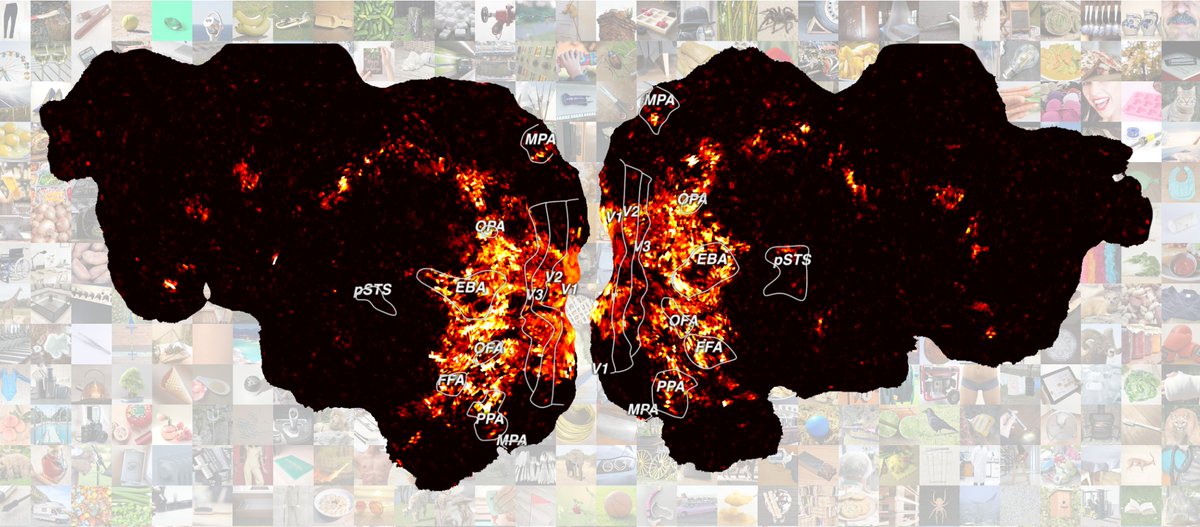
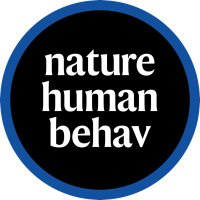

How does our brain allow us to make sense of our visual world? Work led by Oliver Contier w/ Chris Baker now out in Nature Human Behaviour provides support for a theoretical framework of behaviorally-relevant selectivity beyond high-level categorization. 🧵 x.com/OliverContier/…
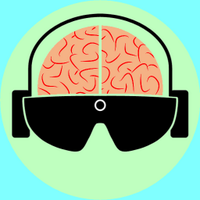
Visual cortex is about more than feature-based object recognition and categorization: Distributed representations of behaviour-derived object dimensions in the human visual system nature.com/articles/s4156… by Oliver Contier Martin Hebart Chris Baker

Really excited to share what we’ve been working on for the past 12 months during my time Google DeepMind! We came up with an approach that can distill the hierarchical structure of human conceptual knowledge into vision foundation models via a surrogate teacher model. More below!

Our recent paper just got featured as a research highlight at Nature Neuroscience. Thanks to Etta Howells for covering our work! nature.com/articles/s4159…

Wow! What an honor to be covered by Etta Howells Nature Neuroscience as a research highlight! 🤯 nature.com/articles/s4159…


Exited to share our latest Trends in Neurosciences opinion paper on —intensive— fMRI, with Tomas Knapen cvnlab eli merriam! We discuss ways to maximize both quantity and quality of your large-scale “deep” fMRI dataset, and create a community resource 🧠 tinyurl.com/intensivefmri

"Rethinking category-selectivity in human visual cortex" with Susan Wardle Maryam Vaziri-Pashkam Dwight Kravitz Chris Baker 1/3
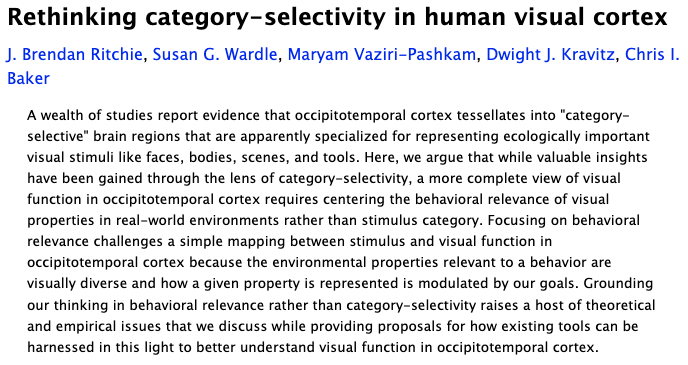

How is high-level visual cortex organized? In a new preprint with Martin Hebart & Katharina Dobs, we show that category-selective areas encode a rich, multidimensional feature space 🌈 biorxiv.org/content/10.110… 🧵 1/n
